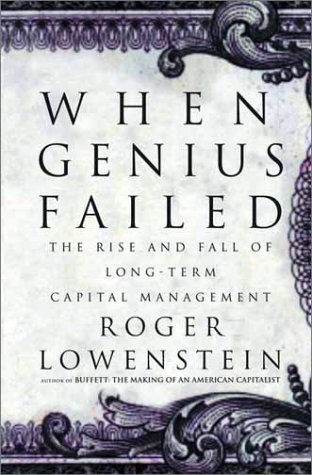Merton was prey to this very trap. His “continuous-time finance” seemed to wrap the financial universe in a tidy ball. On paper it solved, or pointed to the solutions for, virtually every problem in finance: how to value junk bonds, how much to pay for deposit insurance, you name it. His theories seemed to behold the elegance and order he had always craved. “Not all that is beautiful in science need also be practical,” he wrote with satisfaction. “But here we have both.”6
Welcome back. Just a moment while we sign you in to your Goodreads account.


